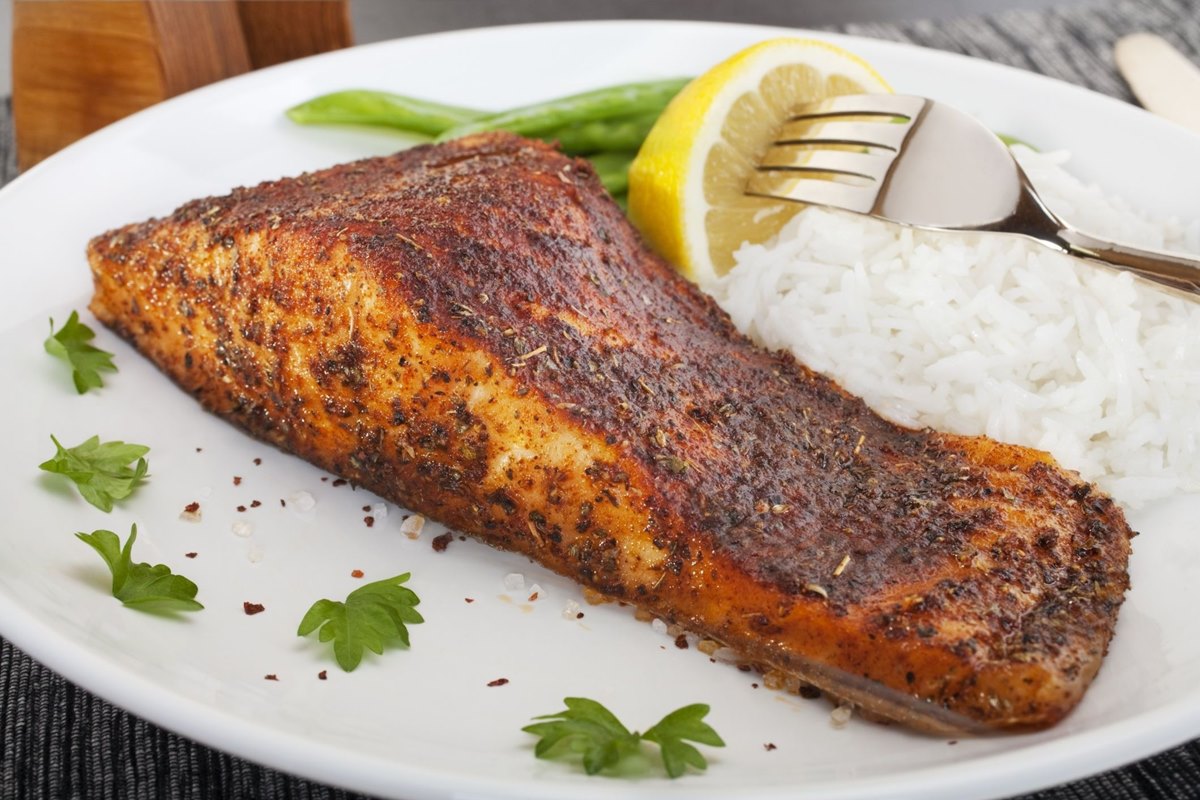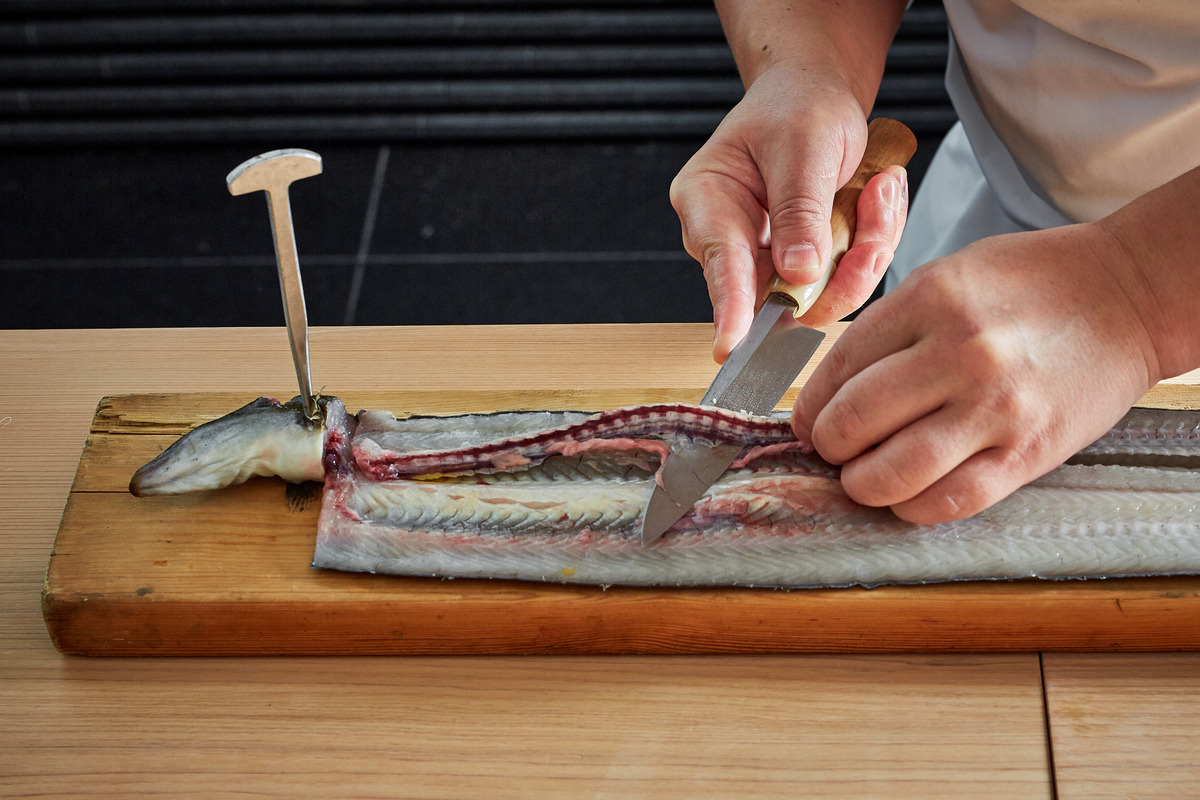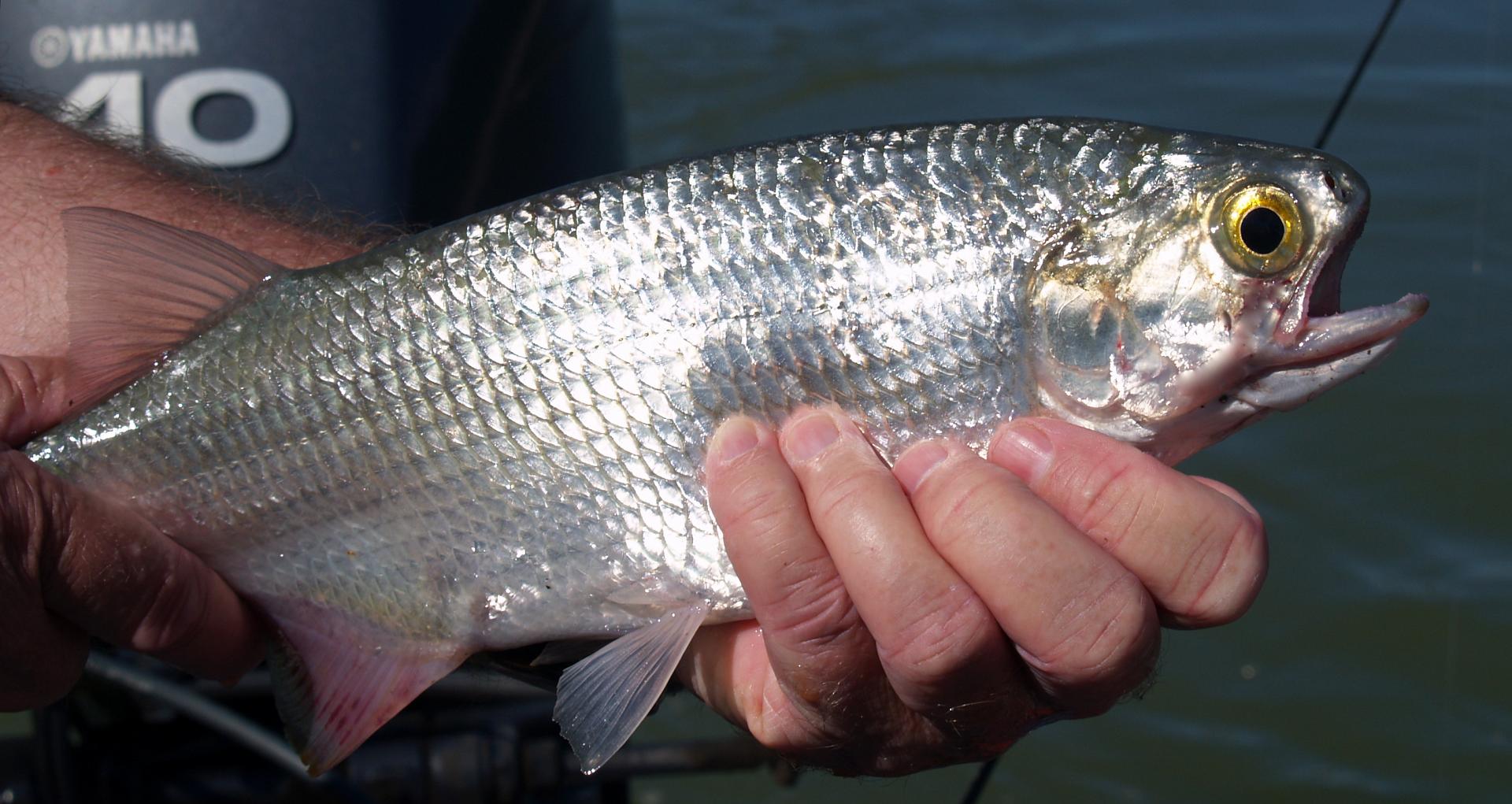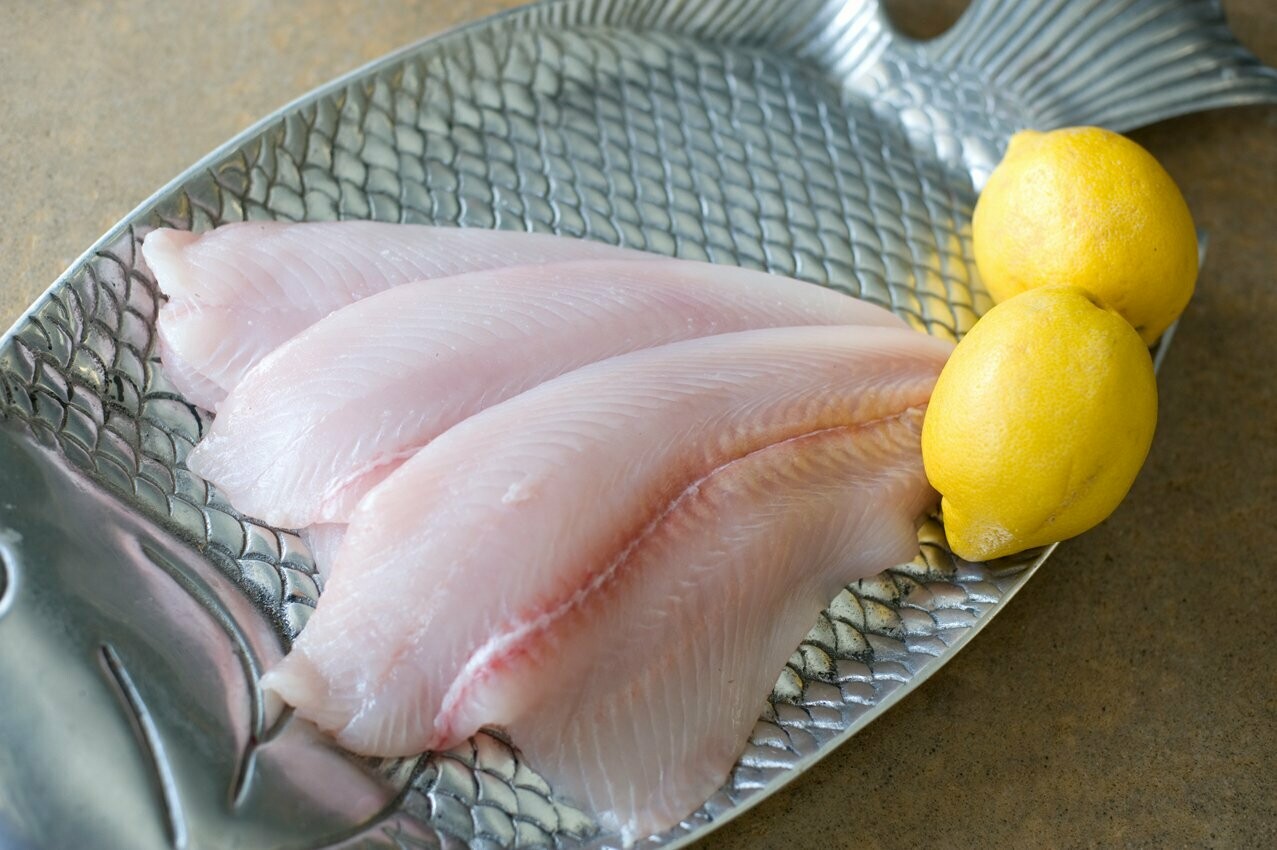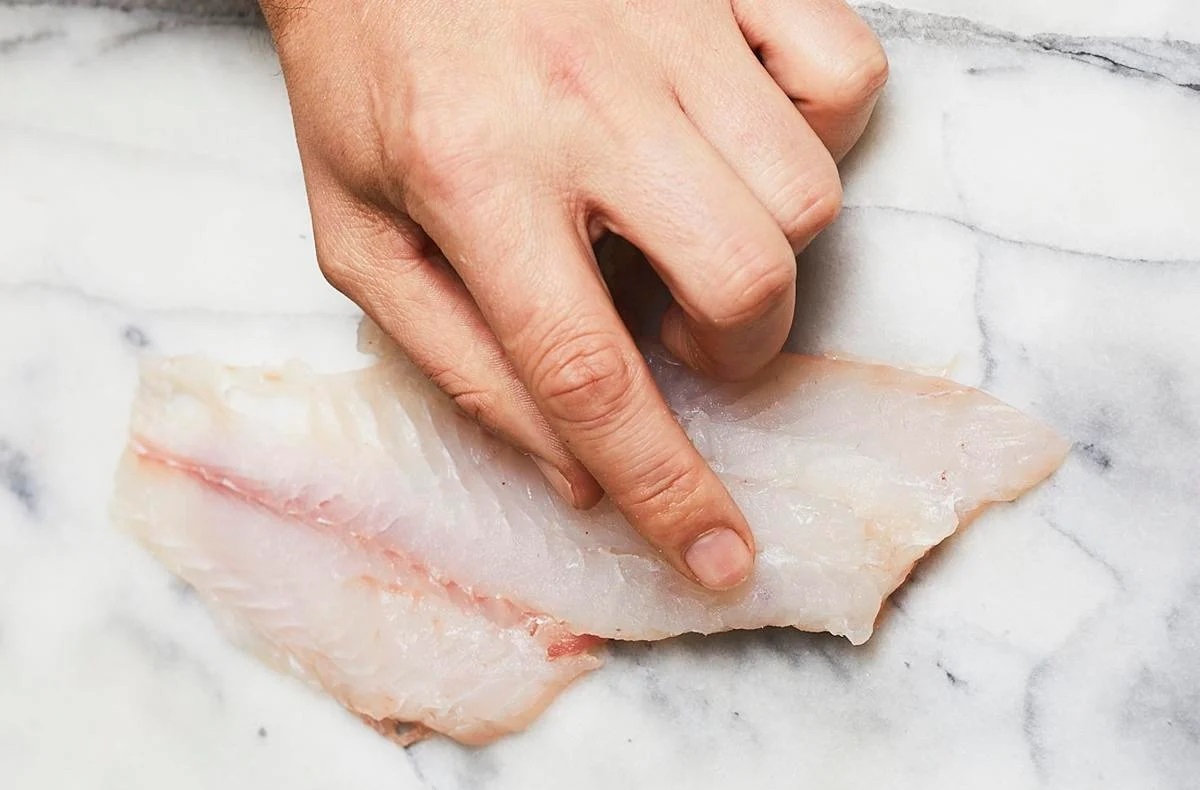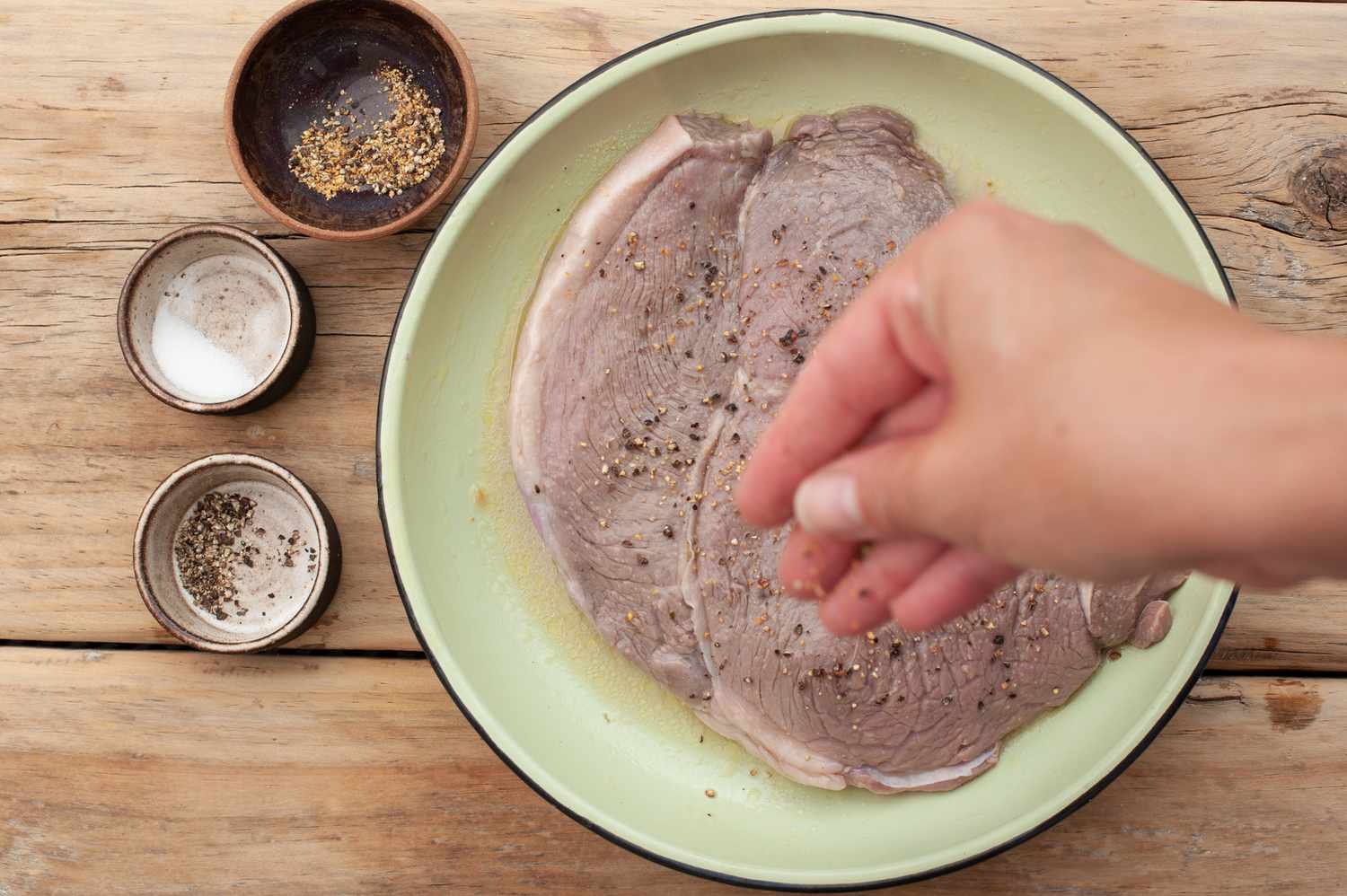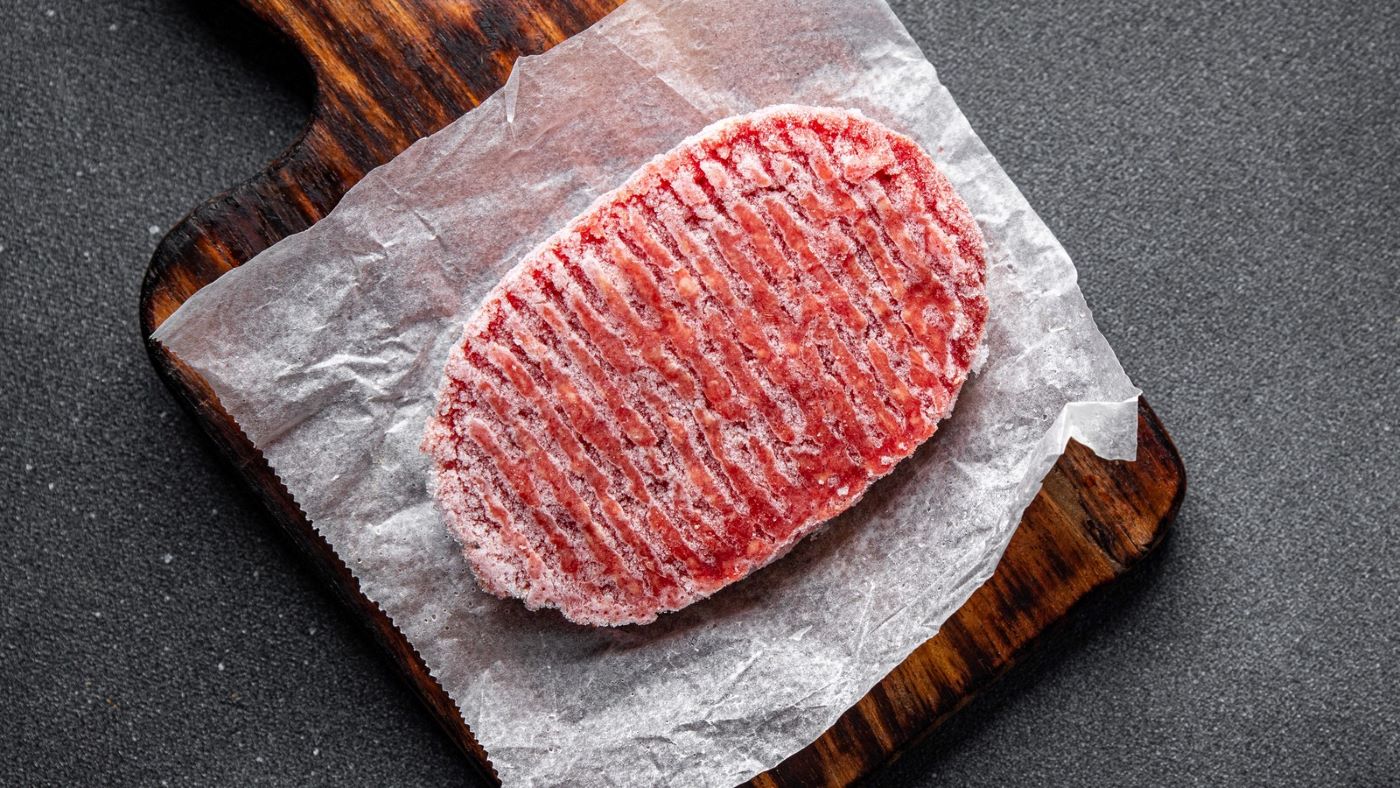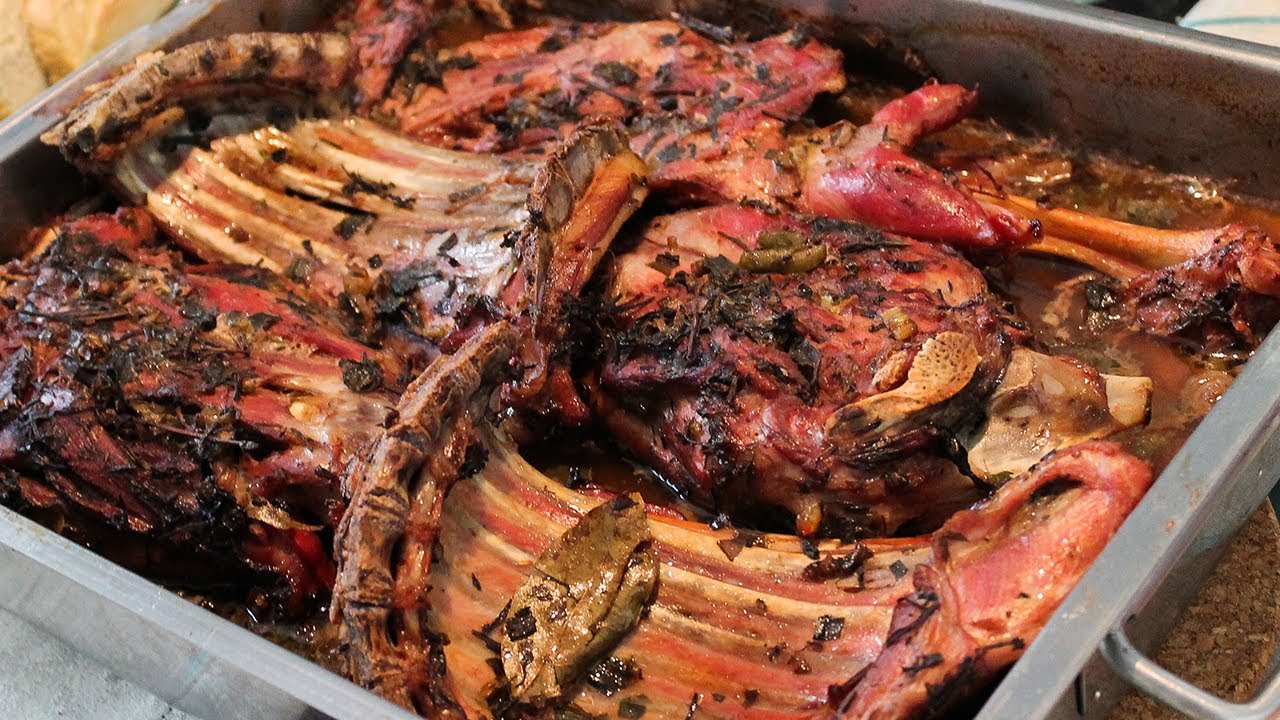Freshwater drum, also known as sheepshead, is a popular catch among anglers due to its abundance in freshwater bodies across North America. Once you've reeled in a freshwater drum, the next step is to prepare it for a delicious meal. Filleting a freshwater drum may seem daunting at first, but with the right technique and a bit of practice, you can easily transform this freshwater fish into delectable fillets. In this guide, we'll walk you through the process of filleting a freshwater drum so that you can enjoy its flavorful meat.
Preparing Your Workspace
Before you begin filleting the freshwater drum, it's important to set up a clean and organized workspace. Here's what you'll need:
Materials:
- Sharp fillet knife: A flexible and sharp fillet knife is essential for cleanly removing the fillets from the fish.
- Cutting board: Choose a stable cutting board with a non-slip surface to ensure safety while filleting the fish.
- Clean towel: Keep a clean towel nearby to wipe your hands and the fish as needed.
- Container for fillets: Have a container ready to hold the fillets once they are removed from the fish.
Filleting Process
Now that you have your workspace prepared, it's time to begin the filleting process. Follow these steps to fillet a freshwater drum:
1. Clean the Fish:
- Rinse the freshwater drum under cold water to remove any debris or slime.
- Use a clean towel to pat the fish dry, which will make it easier to handle during the filleting process.
2. Make the Initial Cut:
- Place the fish on the cutting board and make an incision behind the gills and pectoral fin, cutting down to the backbone.
- Angle the knife slightly towards the head to ensure you are cutting along the natural contours of the fish.
3. Remove the Fillet:
- With the initial cut made, slide the knife along the backbone towards the tail, gently separating the fillet from the bones.
- Use smooth, steady strokes with the knife to ensure clean fillets.
4. Repeat on the Other Side:
- Turn the fish over and repeat the process to remove the second fillet.
5. Trim the Fillets:
- Once both fillets are removed, carefully trim away any remaining bones or rib bones from the fillets.
Tips for Success
Filleting a freshwater drum can take some practice, so here are a few tips to keep in mind as you hone your filleting skills:
- Keep the Knife Sharp: A sharp knife will make the filleting process much smoother and safer.
- Follow the Natural Contours: When making your cuts, follow the natural curves and contours of the fish for the best results.
- Practice Patience: Take your time and work methodically to ensure clean and precise fillets.
Enjoying Your Freshwater Drum Fillets
Once you have successfully filleted the freshwater drum, you can use the fillets in a variety of delicious recipes. Whether you prefer to grill, bake, or pan-sear the fillets, the mild and slightly sweet flavor of freshwater drum makes it a versatile choice for seafood dishes.
In conclusion, learning how to fillet a freshwater drum is a valuable skill for any angler who enjoys catching and cooking their own fish. With the right tools, technique, and a bit of practice, you can confidently fillet freshwater drum and savor its delectable meat in your favorite seafood dishes.
For those who have mastered the art of filleting a freshwater drum, there are numerous recipes to try out. One can start with the Grilled Freshwater Drum with Lemon and Herbs Recipe for a simple yet flavorful dish. If you enjoy a bit of zest, the Freshwater Drum Fish Tacos with Lime Crema Recipe offers a refreshing twist. For an indulgent treat, the Crispy Fried Freshwater Drum with Tartar Sauce Recipe is a must-try. Those looking for a lighter option might appreciate the Freshwater Drum Ceviche with Citrus Marinade Recipe. Each of these recipes highlights the versatility of freshwater drum and promises a delightful culinary experience.
